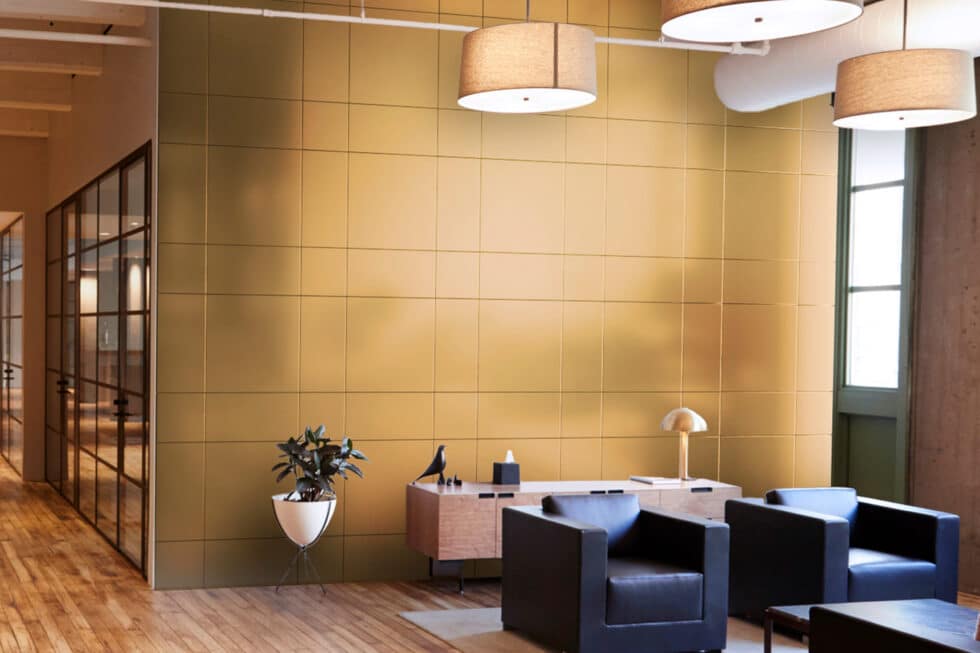The last few years have witnessed a paradigm shift in the way people work, with more and more professionals adopting the ‘work from home’ model.
While this new work style comes with many conveniences, it also demands a conducive work environment at home to ensure productivity. But how can one transform a cozy living corner into a functional office space? Let’s delve deep into creating the perfect home office environment.
Table of Contents
1. Choose the Right Location
This is the most critical step. While some might have a separate room to dedicate as an office, others might need to get creative. The space should ideally be quiet and separate from the rumors of household activities. If you’re thinking about how to convert your living room into an office, ensure you select a corner that remains relatively undisturbed throughout the day. Bouclair offers a range of stylish and functional furniture options that can seamlessly blend your living and working spaces without compromising on comfort and style.
2. Invest in Ergonomic Furniture
Comfort is paramount. Ensure you have an ergonomically designed chair and desk. Your chair should provide lumbar support, and your desk should be spacious enough to accommodate your computer, essential tools, and some personal touches.
3. Natural Lighting and Artificial Illumination
Lighting can significantly impact your energy levels and productivity. Place your desk close to a window to benefit from natural light, which also aids in reducing eye strain. As for artificial lighting, opt for adjustable LED lamps to illuminate your workspace during late hours.
4. Declutter and Organize
A cluttered workspace can be a significant source of distraction. Use filing cabinets, folders, and storage boxes to keep your papers and tools organized. Keep cables managed and out of sight using cable management tools.
5. Personalize Your Space
Just because it’s an office doesn’t mean it has to be bland. Personalize your workspace with art, plants, or even some cherished mementos. These additions can inject warmth and character into the space, making it more inviting.
6. Technology Setup
Ensure you have a robust Wi-Fi connection. Invest in noise-canceling headphones if your surroundings get noisy. Having a secondary monitor can also enhance efficiency, especially if your job demands multi-tasking.
7. Set Boundaries
One of the challenges of working from home is the blurring of lines between personal and professional time. Communicate with your family or housemates about your working hours to ensure minimal disruptions. This clear demarcation will also help you ‘log off’ from work mentally when it’s time to relax.
8. Include Greenery
Plants can elevate the aesthetics of your office space and improve air quality. Species like snake plants, ZZ plants, or pothos are low maintenance and can thrive in varied lighting conditions.
9. Storage Solutions
If you have limited space, use vertical storage solutions. Wall-mounted shelves or pegboards can help keep essential items within arm’s reach without cluttering your desk.
10. Maintain a Routine
Your workspace isn’t just about the physical environment. Establishing and sticking to a routine can help reinforce the professional nature of your space. Start your day at the same time, take scheduled breaks, and ensure you have a clear endpoint to your workday.
A study conducted by Harvard Business Review found that remote workers are often more productive than their in-office counterparts, but this productivity is contingent upon having a conducive work environment at home.
Conclusion
Creating the perfect work from home space is a blend of functionality, comfort, and personal style. By considering the points mentioned above, you can easily craft an environment that not only promotes productivity but also ensures well-being and work-life balance. Remember, your workspace is an extension of your professionalism; make it a place where you can focus, innovate, and thrive.





